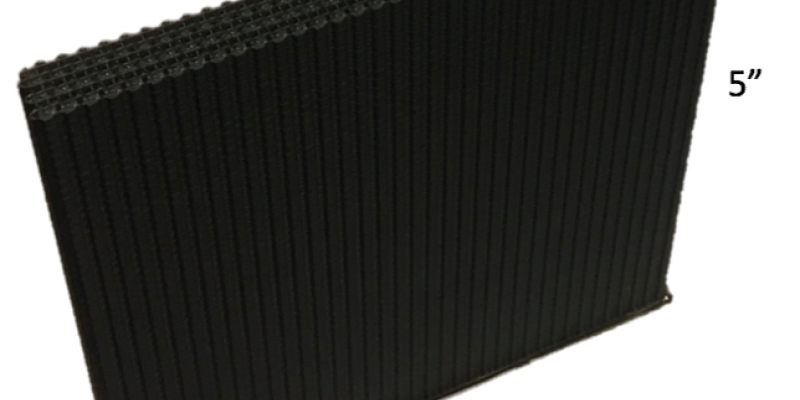A team, including Oak Ridge National Laboratory (ORNL) and University of Tennessee researchers, demonstrated a novel 3-D printing approach called Z-pinning that can increase the material’s strength and toughness by more than three and a half times compared to conventional additive manufacturing processes. They demonstrated Z-pinning with polylactic acid, or PLA, and carbon fiber-reinforced PLA in a 3-D printer designed for thermoplastic materials. With conventional 3-D printing, the layer-by-layer building up of PLA materials can cause weaknesses between layers. Z-pinning allows continuous material to be deposited across multiple layers within the volume of the part. “The conventional layering approach can cause the strength of the material to decrease as much as 75%,” ORNL’s Vlastimil Kunc said. “The PLA sample with Z-pinning demonstrated uniform mechanical properties when measured in any direction. This technique can be used on any existing 3-D printer.” The team’s results were published in the journal Additive Manufacturing.


